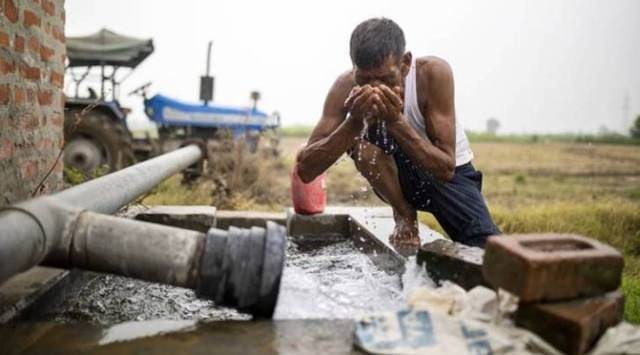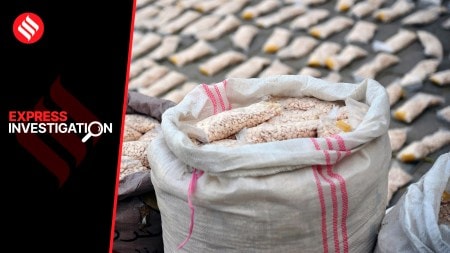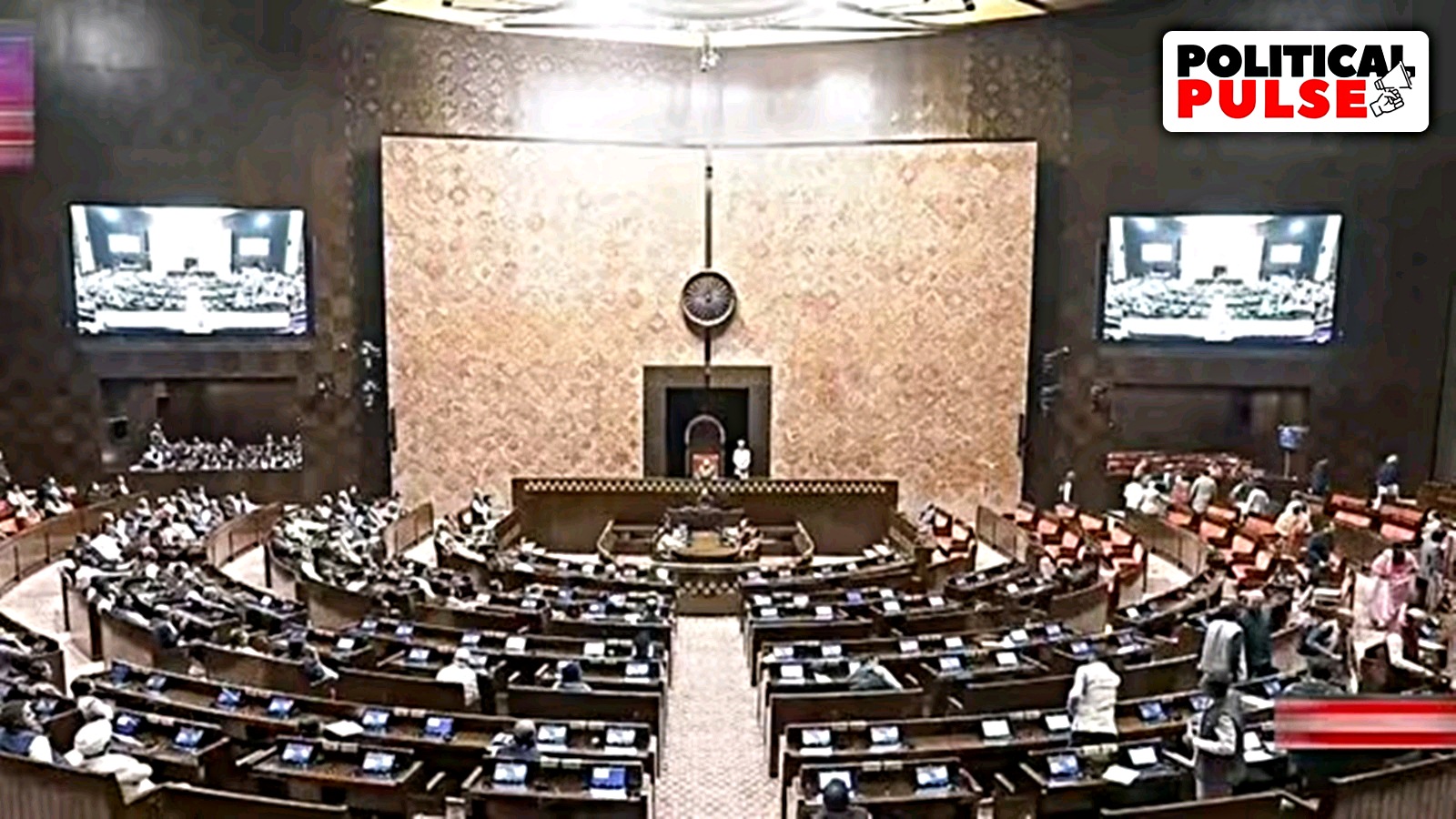According to the latest groundwater assessment report released by the Ministry of Jal Shakti, annual groundwater extraction for irrigation, domestic, and industrial purposes has decreased by approximately 6 billion cubic meters to 239 bcm in 2022 from 2020.
The report, titled “National Compilation on Dynamic Ground Water Resources Of India, 2022,” reveals that the total annual groundwater recharge for the country has increased by 1.29 bcm compared to the previous assessment in 2020. Additionally, the total annual extractable groundwater resources have also increased by 0.56 bcm. The annual groundwater extraction for irrigation, domestic, and industrial uses has decreased by 5.76 bcm during this period.
The report states that 87% of the total annual groundwater extraction, amounting to 208.49 bcm, is used for irrigation purposes. Only 30.69 bcm is allocated for domestic and industrial use, which accounts for about 13% of the total extraction.
The decline in annual groundwater extraction for irrigation, domestic, and industrial uses aligns with previous assessments. Since 2017, there has been a continuous decline in annual groundwater extraction, dropping from 249 bcm in 2013 to 239 bcm in 2022. Prior to 2013, there was an upward trend in annual groundwater extraction, with figures reaching 231 bcm in 2004, 243 bcm in 2009, and 245 bcm in 2013.
The report does not specify reasons for the sharp decline in groundwater extraction in 2022 but attributes the variations to parameter refinement, changes in well census data, and evolving groundwater conditions.
In 2022, the annual groundwater recharge was estimated at around 438 bcm, up from 436 bcm in 2020 but lower than the 447 bcm recharge in 2013. The report also mentions that monitoring of groundwater resources was impacted by the Covid-19 outbreak in the country.
Due to the Covid-19 outbreak in 2020 and 2021, field activities, including water level monitoring, were severely affected. As a result, water levels could not be monitored for two consecutive pre-monsoon seasons in those years. Some states also faced challenges in monitoring water levels in November 2020. To address the lack of water level data for Pre-monsoon 2021, the analysis was conducted using the 2022 water level data.










![]()

























+ There are no comments
Add yours